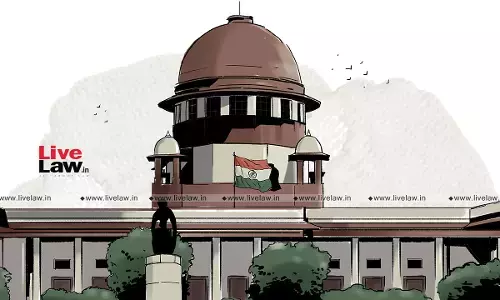The Supreme Court, in its verdict, recapitulated certain factors that the courts considered while deciding convicts' period of sentence before remission could be sought. The Judgment was handed down by a three-judge Bench of Justices B.R Gavai, K.V Vishwanathan and Sandeep Mehta. These factors included the nature of injuries, the number of deceased victims, the criminal antecedents of...

